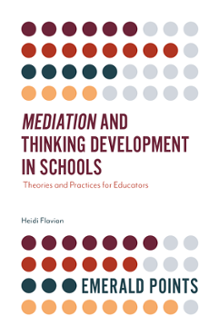
Index
ISBN: 978-1-78756-023-9, eISBN: 978-1-78756-020-8
Publication date: 27 September 2019
Citation
Flavian, H. (2019), "Index",
Publisher
:Emerald Publishing Limited
Copyright © 2019 Heidi Flavian

ISBN: 978-1-78756-023-9, eISBN: 978-1-78756-020-8
Publication date: 27 September 2019
Flavian, H. (2019), "Index",
Emerald Publishing Limited
Copyright © 2019 Heidi Flavian
Please share your general feedback
Contact Customer Support